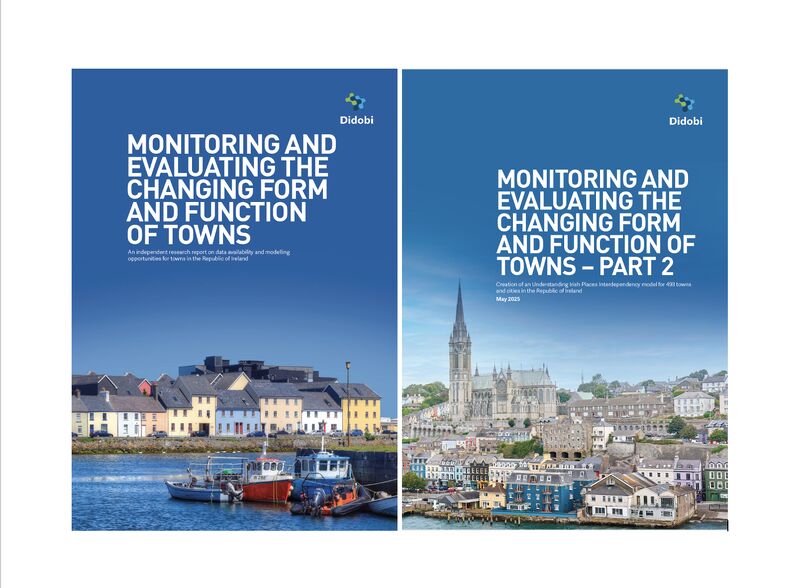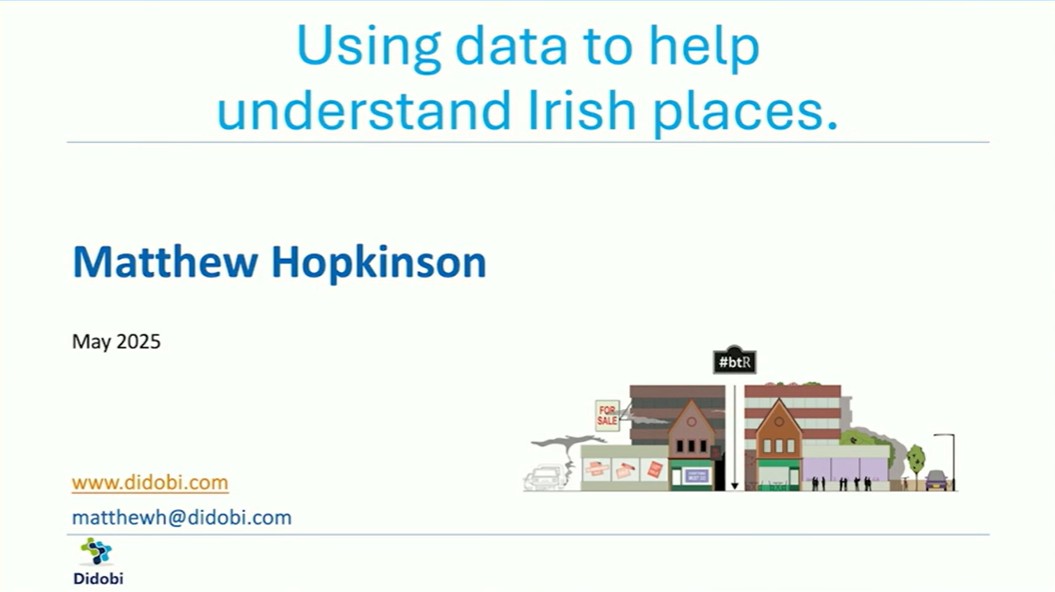
We are running out of bricks so we must be out of recession?
Deidre Hipwell in The Times recently wrote (27 March 2014) ‘The making of bricks in Britain has fallen so steeply that the country has the equivalent of only about two months’ of supply in stock, an industry leader has warned.’
The head of Michelmersh Brick Holdings said that a “difficult five years” meant that brick stock levels had fallen from 1.1 billion bricks to 332 million, adding that “you can’t just switch that production back on overnight”.
This concern over the number of bricks and the lack of stock was raised today at the Investment Property Databank (IPD)/Investment Property Forum (IPF) event that I attended this morning in London.
So the million-dollar question is are we now into a long sustained period of economic growth or a brief recovery? Are you a bull or a bear? On one hand we still have over 6m people unemployed, there is a low point in the development cycle (believe it or not there are still not as many cranes in London as there were in the peak years let alone elsewhere in the UK), there are big issues around transport capacity especially in London and wider as the HS2 debate shows. Finally, many investment strategies (which may also be your pension) are predicated on rental growth but where will this growth come from especially when we have seen some rents fall by as much as 60%+?
So the good news from IPD was that total returns across all the institutional property that IPD track were 3.7% in Q1 2014 versus a benchmark of 3.6%. The main driver of this was capital growth of the assets at 2.2% with income being half that at 1.1%. If you then delve further into the detail of the capital growth then rental growth was +0.7% whilst yield impact (as a result of the increase in property prices) was +1.8%. Now when you factor in all of this as well as a strengthening of Sterling to a five year all time high of nearly $1.70 to £1 and the fact that a previous blog of mine talked of over 40% of London being owned by foreign investors then the UK is gradually becoming quote an expensive place to invest so will yield compression continue as it has done with UK funds and other UK investors competing at the same prices? Only time will tell!
One has to be careful about headline numbers, as we all know that London and parts of the South East are driving this growth. This was reflected by some of the IPD centres that were named for negative rental growth – York, Birmingham, Newcastle and Reading. This is changing as the latest data shows that the West Midlands and North West are fighting back and in part this is due to manufacturing taking on a new lease of life. Examples include Jaguar LandRover in the Midlands and BAE Systems in the North West.
Walter Boetcher of Colliers International made some very good observations overall. The first one was that we should not be looking a gift horse in the mouth as we currently have strong growth and low inflation, which to many an economist is the Holy Grail! The big issue we face is a lack of space where these businesses that increasingly want to spend cash can expand. This is seen by the fact that LaSalle Investment only have one 3,ooo sq. ft. industrial unit available (now under offer) out of a portfolio of 1.3m sq. ft. in the West Midlands. So in this case rental growth would be expected based on supply and demand but is there the correct supply to satisfy the demand, as secondary stock in secondary locations will no longer suffice.
This space issue is also evident with the retail and leisure sector that I track and research. I have talked about polarisation for a few years now and between the haves and the have not’s in terms of modern retailing space. Often this space is only to be found on retail parks or in new mega centres and rarely on high streets. The new ‘total retail’ world of experience, service and availability makes the demands on bricks and mortar more acute than ever. Now everyone recognises that shops are a key component to the ‘total retail’ world means that demand is starting to climb as reflected in the declining LDC vacancy rate. The latest report on this subject appeared in the Daily Telegraph yesterday with Graham Ruddick’s interview of the new Argos boss, John Walden. The sentence that summed it up was ‘The main strength, ironically, has often been touted as a weakness – it’s high street stores.’
The wisdom of crowds by James Surowiecki is a great book I would commend to you. What is great about the IPD events is that everyone gets to vote on questions (watch this space at the next LDC event!) and if one believes in the wisdom of crowds then it should be sound advice. One of key questions was;
Which region will be the strongest performer in 2014? The winner was the Rest of the SE with 40% followed by the City (London) with 23% and the rest of the UK with just 15%.
On being asked the same question for 2015 then the answers swung in favour of the rest of the UK and the SE. Is this from a belief that the UK economy will show more manufacturing and logistics growth as well as the services sector we have become best known for?
Without going into the politics one thing was clear and that is that the investment market’s greatest concern rests on political risk above all other risks and I shall leave you with that thought as we enter 12 months of politics lead by the European elections, the Scottish referendum and finally the General Election in May 2015.






Leave a comment: